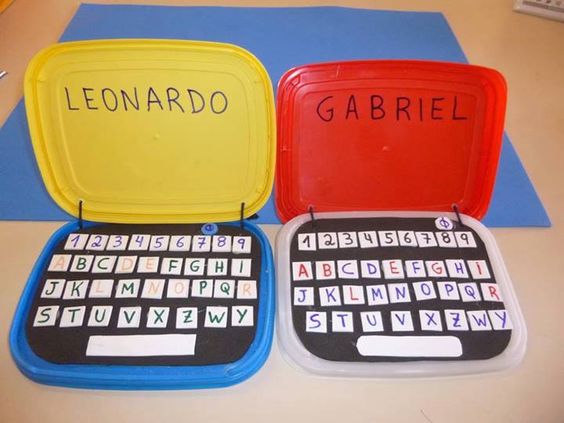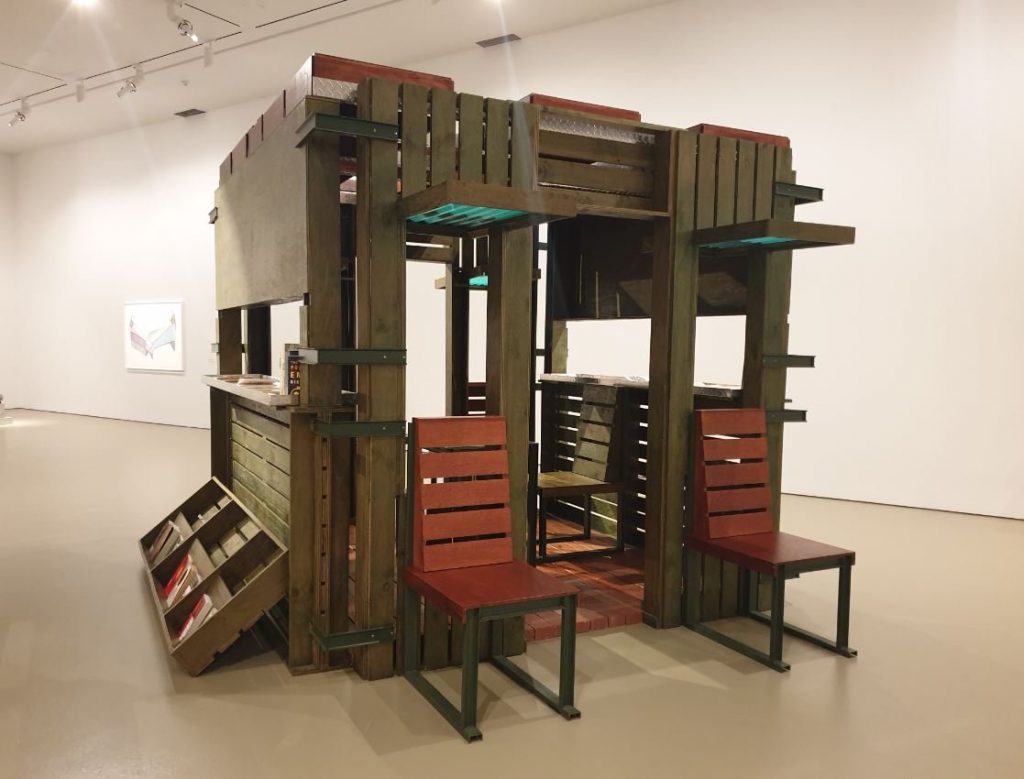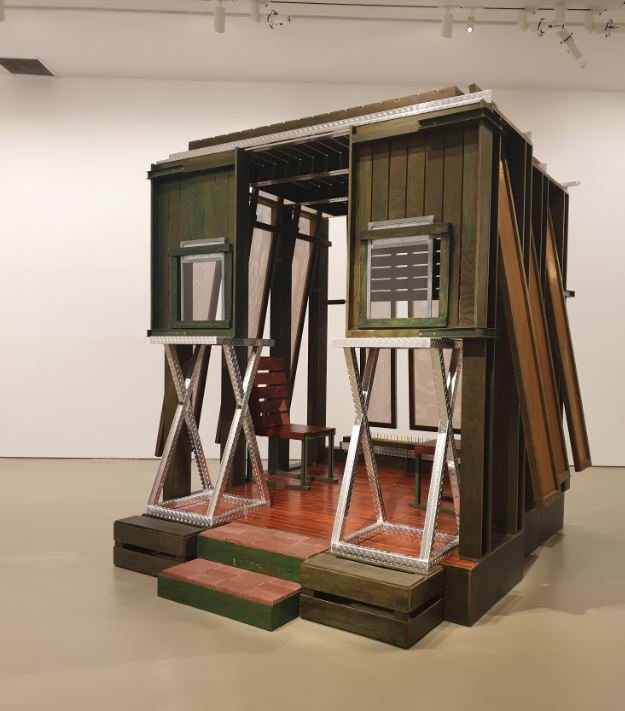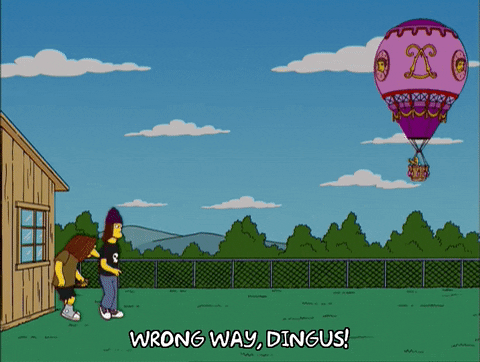My initial idea of what critical vehicle represents was a mode of communication or medium that relays an important message. It was kinda close. The reading describes ‘critical’ as something judgmental, calling out the shortcomings or problems. As for ‘vehicle’, it is described as a carrier; ‘a person or a thing’ that is used as a medium to express an idea or an emotion. Given this, a critical vehicle refers to a medium that calls attention to negative issues that need to be addressed or rectified. By bringing the issue to light, it opens an opportunity to turn the situation around on a phycho-social terrain.
In the reading, Krzysztof Wodiczko’s also talks about interrogative designs, which refers to designs that calls out and question the issues and specific conditions of life exist in the world. It serves not only to give voice and comfort to those affected by the issue, but also to increase ethical alertness towards the issues that they face.
“Instead of deconstructing itself, design should deconstruct life.”
Without any sugarcoating, interrogative designs serve to expose all the harsh truths and pain experienced, from personal or societal, or even political. It is a segue of sorts, bringing an issue to light and inciting conversation about it. I really like how the artist creates these interrogative designs to his works, like Speaking through Monuments, using projections and existing monuments. These monuments hold important meaning, reflecting past issues and experiences throughout history. Yet, over time, we lose sight of their meaning, and they become symbols of the past that do not relate to the present; a decoration piece like any other structure in the city. Through the use of projections, the artist is able to use those monuments as his critical vehicle, projecting images that represent issues, such as homelessness, segregation, and isolation within the nation, onto their facade. Through those projections, he turns the monuments into sites of critical evaluation, bringing about debate and communication, inciting people to see and recognise these ongoing issues, and finally, to take action in solving them.

“Not speaking through city monuments is to abandon them and to abandon ourselves, losing both a sense of history and present.”
Homeless Vehicle Project was another work I found really interesting. It really brings to light the flaws within services that cater to the homeless. What was supposed to be physically and socially support turned into abuse and dehumanisation of homeless individuals; the security that was supposed to guard them abused them, and the shelters that were supposed to help them segregated them further from society. The homeless vehicles created were a response to this issue. They were designed base on the routine and needs of the homeless, including features such as having lock and alarm systems to protect their valuables, being able to transform into a vendor’s cart in order to sell items, and even forming an encampment that protects them from police harassment . It was a form of transport and shelter for the homeless, providing them aid while also creating empathy between the public and the homeless. By incorporating something we commonly see in life, such as a vendor’s cart, the observer will see the homeless as more than just some poor outcast, but someone who is part of the society.


Overall, there are a lot of issues out there that some society has become numb to, or refuse to acknowledge, like environmental issues, for example. Shouting “save the turtles” is one way to bring people’s attention to it, but have a voice much louder than that. Through interrogative designs, we can create critical vehicles that speak volumes about the issue, exposing and challenging it, and eventually inciting change for the better.



















